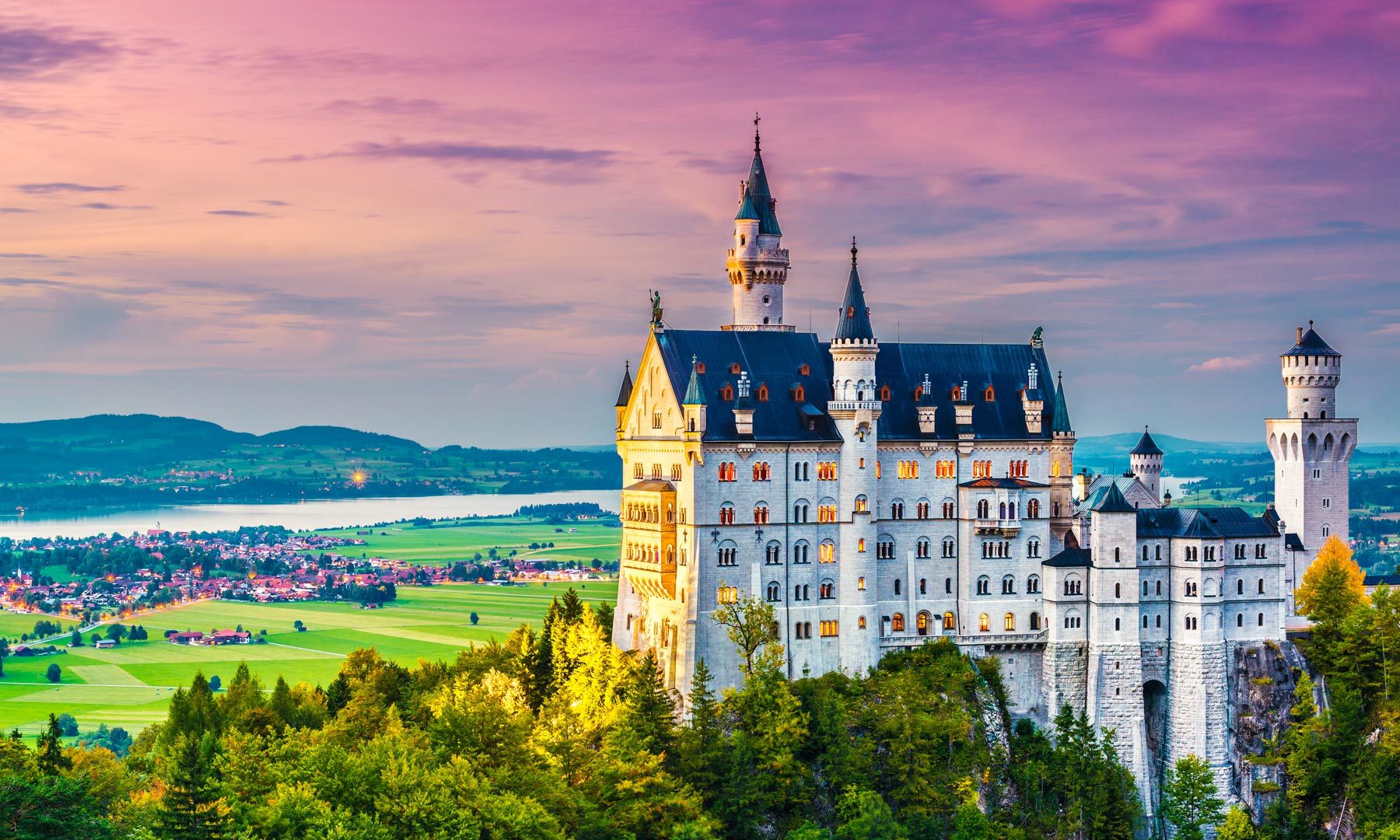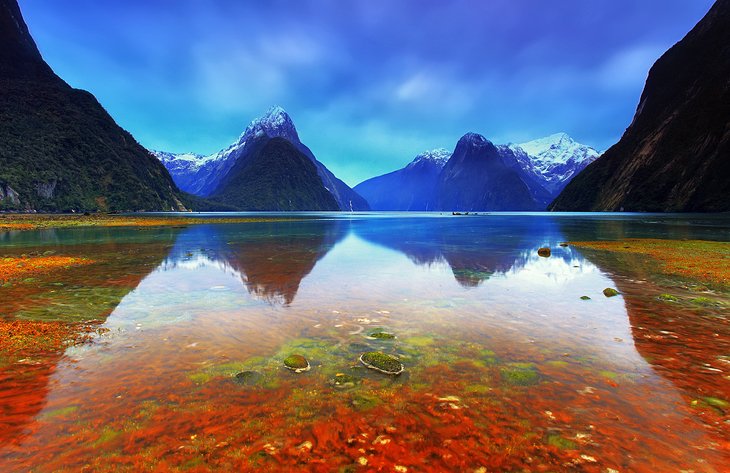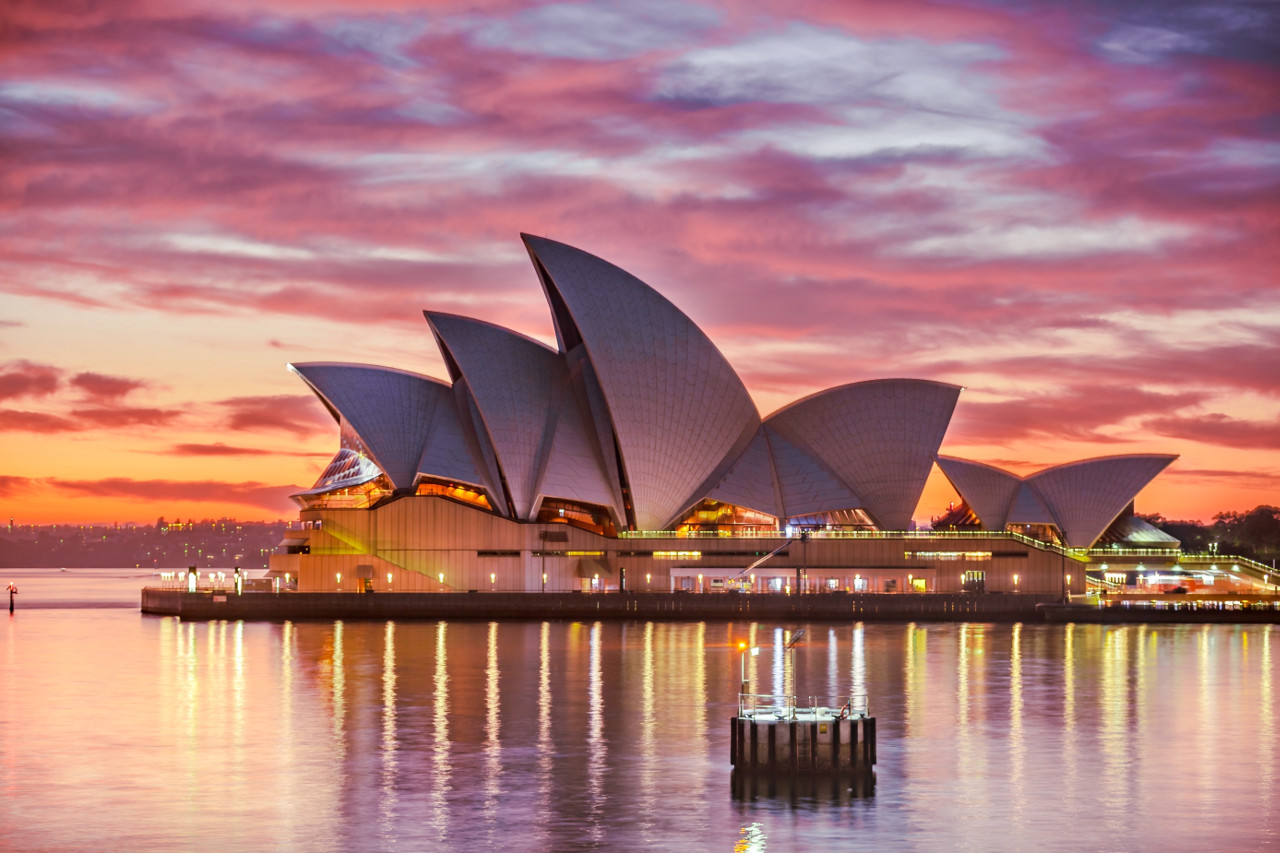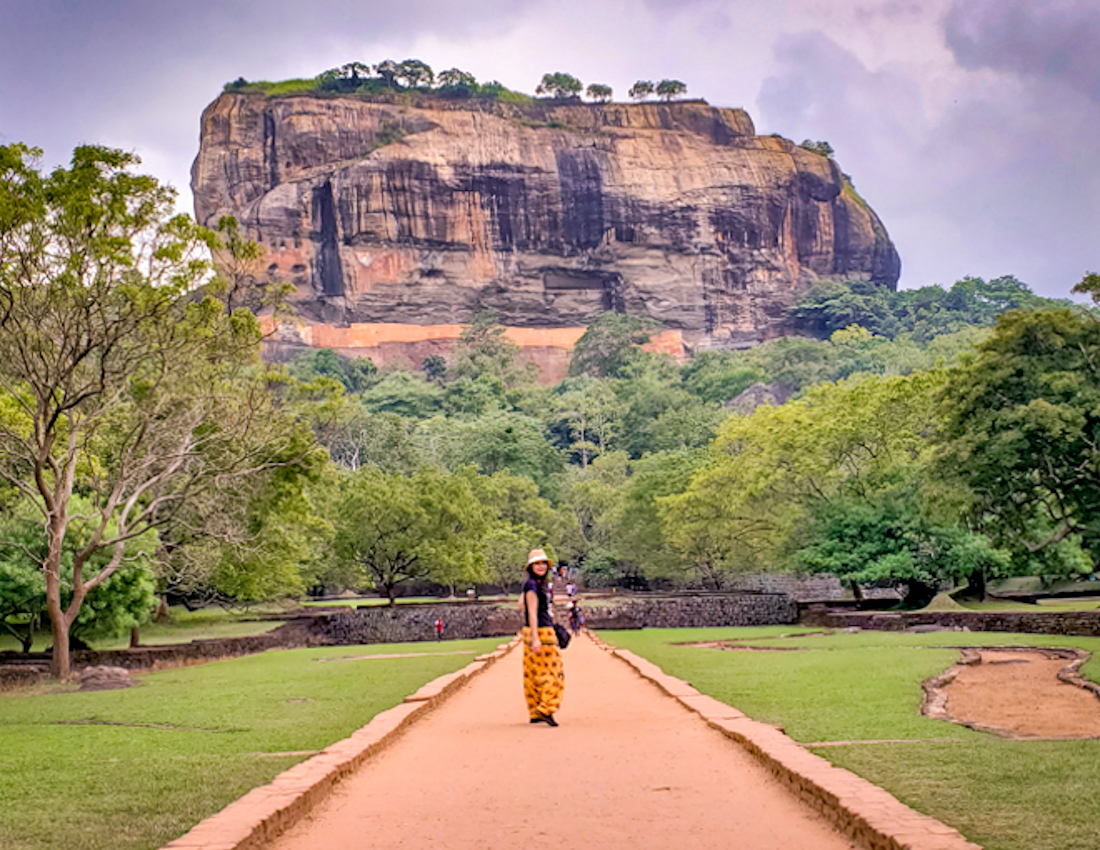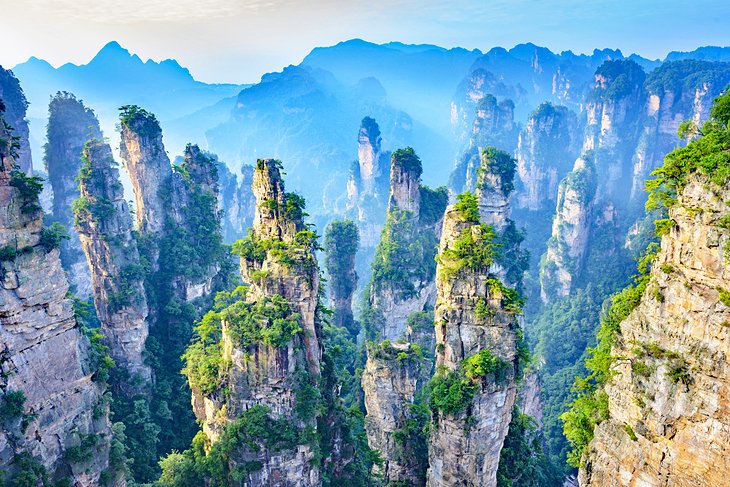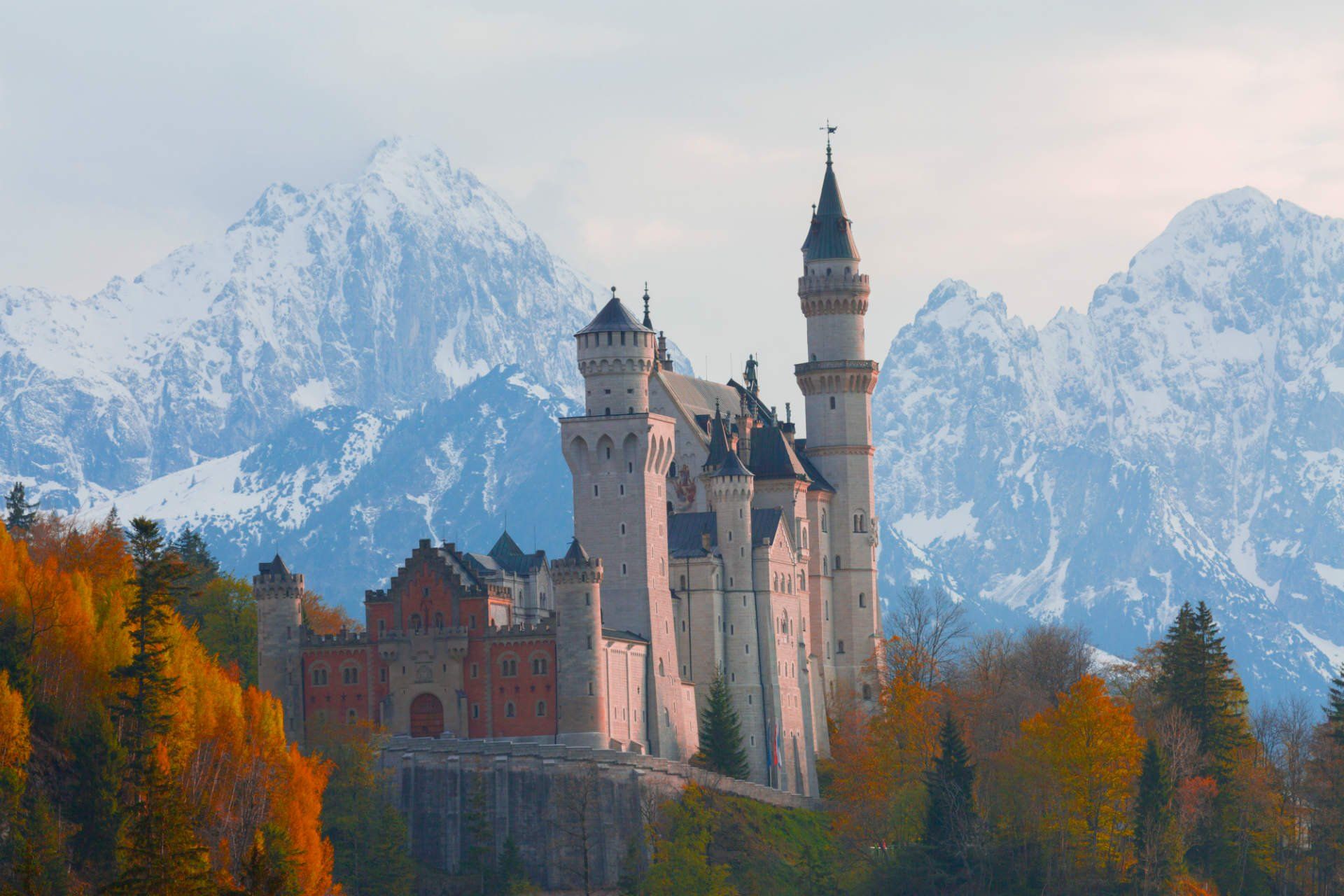
Germany, a land where ancient history gracefully intertwines with cutting-edge modernity, where fairytale castles rise from mist-shrouded forests, and vibrant cities pulse with life and innovation. From the sobering echoes of its past to the joyous celebrations of its present, Germany offers an unparalleled travel experience, a mosaic of diverse landscapes, rich cultural heritage, and warm, welcoming traditions. This article delves into the top things to do in Germany, guiding you through its storied past, iconic attractions, culinary delights, and essential travel wisdom, ensuring your journey is as enriching as it is unforgettable.
A Tapestry of Time: Germany’s Rich History
To truly appreciate Germany today, one must understand the profound impact of its history. This is a nation shaped by empires, wars, reformation, and reunification, each era leaving an indelible mark on its architecture, culture, and national psyche.
Related Articles about Germany: A Journey Through History, Culture, and Fairytale Landscapes:
- Unveiling the Majesty: Top Things to Do in the United Kingdom
- Japan: An Odyssey Through Timeless Traditions and Modern Wonders
- Thailand: A Traveler’s Odyssey Through the Land of Smiles
- Japan: A Tapestry of Tradition and Tomorrow – Your Ultimate Guide to Unforgettable Experiences
- A Journey Through Time and Taste: Your Ultimate Guide to Italy
From Ancient Roots to Holy Roman Empire: Germany’s narrative begins with Germanic tribes, eventually becoming a crucial part of the Holy Roman Empire (962-1806), a vast and complex entity that dominated Central Europe for centuries. This period saw the rise of powerful dukedoms, free imperial cities, and magnificent cathedrals, many of which still stand today. The Reformation, ignited by Martin Luther in 1517, fractured the religious landscape and ushered in an era of profound change and conflict, including the devastating Thirty Years’ War.
Rise of Prussia and Unification: The 18th and 19th centuries witnessed the ascendancy of Prussia, a powerful militaristic state that spearheaded the unification of Germany in 1871 under Otto von Bismarck. This newly formed German Empire quickly rose to become a major European power, setting the stage for the tumultuous 20th century.
The Shadows of Two World Wars and Division: The two World Wars profoundly scarred Germany and the world. The aftermath of World War II saw Germany divided into East and West, a stark ideological and physical barrier epitomized by the Berlin Wall. For over four decades, two distinct Germanys existed, each developing its own identity.
Reunification and Modern Germany: The fall of the Berlin Wall in 1989 and the subsequent reunification in 1990 marked a triumphant moment, healing a nation split for generations. Today, Germany is a beacon of democracy, a leading economic power, and a cultural hub, continually grappling with its past while forging a progressive future. Sites like the Brandenburg Gate and the Reichstag Building in Berlin stand as powerful symbols of this incredible journey.
Unforgettable Experiences: Top Attractions
Germany’s attractions are as diverse as its history, ranging from ancient ruins to modern architectural marvels, bustling metropolises to serene natural wonders.
-
Berlin: A City Reborn: The capital city is an open-air museum of history and a vibrant hub of contemporary culture.
- Brandenburg Gate: An iconic neoclassical triumphal arch, symbolizing unity and peace.
- Reichstag Building: Home to the German Parliament, with its stunning glass dome offering panoramic city views. Book in advance!
- Berlin Wall Memorial & East Side Gallery: Poignant remnants of the Cold War division, the memorial offers a comprehensive look at the Wall’s impact, while the East Side Gallery is a vibrant open-air art gallery on a preserved section.
- Museum Island (Museumsinsel): A UNESCO World Heritage site boasting five world-renowned museums, including the Pergamon Museum and the Altes Museum.
- Tiergarten: Berlin’s vast central park, perfect for a stroll or relaxation.
-
Munich: Bavarian Charm and Oktoberfest Spirit: The capital of Bavaria offers a delightful blend of tradition and sophistication.
- Marienplatz: Munich’s central square, famous for the New Town Hall with its Glockenspiel show.
- Hofbräuhaus: The world-famous beer hall, offering an authentic Bavarian experience with traditional food, music, and of course, beer.
- English Garden (Englischer Garten): One of the world’s largest urban parks, complete with a surfing wave on the Eisbach creek, beer gardens, and scenic walking paths.
- Deutsches Museum: One of the oldest and largest science and technology museums in the world.
- Oktoberfest: If visiting in late September/early October, immerse yourself in the world’s largest beer festival, a joyous celebration of Bavarian culture.
-
Neuschwanstein Castle: The Fairytale Masterpiece: Located in the Bavarian Alps near Füssen, this 19th-century Romanesque Revival palace was built by King Ludwig II. Its breathtaking beauty and dramatic setting inspired Walt Disney’s Sleeping Beauty Castle. Book tickets well in advance, as it’s one of Germany’s most popular attractions.
-
Cologne Cathedral (Kölner Dom): A magnificent Gothic masterpiece and a UNESCO World Heritage site, towering over the city. Its construction spanned over 600 years, and its intricate details and stained-glass windows are awe-inspiring. Climb the south tower for spectacular views of Cologne and the Rhine River.
-
The Romantic Road (Romantische Straße): A scenic 350-kilometer route winding through charming medieval towns like Rothenburg ob der Tauber, Dinkelsbühl, and Nördlingen. Experience picturesque landscapes, ancient walled cities, and a palpable sense of history.
-
The Black Forest (Schwarzwald): A region of dense evergreen forests, charming villages, and spa towns like Baden-Baden. It’s famous for cuckoo clocks, cherry gateau (Schwarzwälder Kirschtorte), and hiking trails. Explore Triberg with its waterfalls and massive cuckoo clock.
-
Heidelberg Castle: Perched majestically above the Neckar River, the ruins of Heidelberg Castle are one of Germany’s most iconic and romantic landmarks. Explore its grand courtyards, the world’s largest wine barrel, and enjoy panoramic views of the city.
-
Dresden: The Florence on the Elbe: Rebuilt after extensive wartime damage, Dresden’s Baroque architecture, including the Frauenkirche (Church of Our Lady), Zwinger Palace, and Semperoper (opera house), are a testament to resilience and beauty.
-
Rhine Valley Cruises: Glide past ancient castles, vineyards, and picturesque villages on a leisurely cruise along the Middle Rhine, a UNESCO World Heritage site. Towns like Bacharach, St. Goar, and Rüdesheim offer charming stops.
A Culinary Journey: Savoring German Flavors
German cuisine is far more diverse and delicious than often portrayed, rooted in regional specialties, hearty portions, and quality ingredients.
-
Hearty Staples:
- Bratwurst: The quintessential German sausage, often served with mustard and a bread roll (Brötchen) or sauerkraut.
- Schnitzel: A thin, breaded, and pan-fried cutlet, usually pork (Schweineschnitzel) or veal (Wiener Schnitzel).
- Sauerkraut: Fermented cabbage, a tangy and healthy side dish.
- Kartoffelsalat: Potato salad, often made with a vinegar and oil dressing (Southern Germany) or mayonnaise (Northern Germany).
- Spätzle: Soft egg noodles, a popular side dish, especially in Southern Germany.
- Pretzels (Brezel): Soft, chewy, and salted, perfect with beer or as a snack.
-
Regional Delights:
- Bavaria: Try Weisswurst (white sausage, traditionally eaten before noon), Leberkäse (a type of meatloaf), and Obatzda (a spicy cheese spread).
- Black Forest: Indulge in Schwarzwälder Kirschtorte (Black Forest Gateau), a decadent cake with chocolate, cherries, cream, and Kirschwasser (cherry brandy).
- Hamburg: Sample Fischbrötchen (fish sandwich), reflecting its port city heritage.
-
Drinks:
- Beer (Bier): Germany’s brewing tradition is legendary, governed by the Reinheitsgebot (Purity Law) of 1516. Explore countless varieties, from light Pilsners and Weizenbiers (wheat beers) to dark Bocks and Lagers. Each region has its favorites.
- Wine (Wein): Germany is also a significant wine producer, especially along the Rhine and Moselle rivers, known for its Riesling, Pinot Noir (Spätburgunder), and Müller-Thurgau varieties.
- Glühwein: A spiced mulled wine, a staple at Christmas markets.
Navigating Germany: Transportation Options
Germany boasts an excellent, efficient, and well-integrated transportation network, making travel across the country a breeze.
- Trains (Deutsche Bahn – DB): Germany’s extensive train network is the backbone of intercity travel. High-speed ICE (Intercity-Express) trains connect major cities quickly, while regional trains serve smaller towns. Booking in advance, especially for ICE tickets, can yield significant savings. Rail passes like the Eurail Pass can be economical for extensive travel.
- Roads (Autobahn): Famous for sections with no speed limits, the Autobahn offers an exhilarating driving experience. Renting a car provides flexibility, especially for exploring scenic routes like the Romantic Road or the Black Forest. Be aware of speed limits in congested areas and respect lane discipline.
- Buses: Long-distance bus services, primarily operated by FlixBus, offer an affordable alternative to trains, especially for budget travelers or routes not well-served by rail.
- City Transportation: German cities have superb public transport systems, including U-Bahn (subway), S-Bahn (suburban train), trams, and buses. Day passes or multi-day tickets are often the most cost-effective options.
- Airports: Major international airports in Frankfurt (FRA), Munich (MUC), Berlin (BER), and Düsseldorf (DUS) provide excellent global connections.
Finding Your Home Away From Home: Accommodation
Germany offers a wide range of accommodation options to suit every budget and preference.
- Hotels: From luxurious five-star establishments in major cities to charming boutique hotels and family-run guesthouses (Gasthöfe) in smaller towns, you’ll find quality and comfort.
- Hostels: Abundant in cities, hostels provide budget-friendly dorms and private rooms, often with communal kitchens and social atmospheres.
- Vacation Rentals (Ferienwohnungen): Apartments and holiday homes are popular, especially for families or longer stays, offering more space and self-catering facilities.
- Booking Tips: It’s highly recommended to book accommodation in advance, especially during peak season (summer, Oktoberfest, Christmas markets) or in popular tourist areas. Websites like Booking.com, Airbnb, and local tourism office sites are excellent resources. Consider location carefully – proximity to public transport or attractions can save time and effort.
When to Visit: Best Time to Explore Germany
Germany’s charm varies with the seasons, each offering a distinct experience.
- Spring (April-May): Mild temperatures, fewer crowds, and blossoming landscapes make spring ideal for city sightseeing and exploring gardens. It’s a great time for cultural events and lower prices before the peak season.
- Summer (June-August): Warmest weather, perfect for outdoor activities, festivals, beer gardens, and lake swimming. However, it’s also the busiest and most expensive time, especially in popular tourist destinations. Book well in advance.
- Autumn (September-October): A truly magical time. Early autumn brings Oktoberfest celebrations in Munich and wine festivals along the Rhine and Moselle. Later in the season, the foliage turns vibrant hues, offering stunning photographic opportunities, particularly in the Black Forest or Bavarian Alps.
- Winter (November-March): While cold, winter transforms Germany into a festive wonderland, especially with its world-renowned Christmas Markets (late November to December 24th). Enjoy Glühwein, festive treats, and unique handicrafts. Skiing is popular in the Bavarian Alps. Major cities remain vibrant, offering cozy indoor activities.
Essential Travel Tips for a Smooth Journey
To ensure a seamless and enjoyable trip, keep these practical tips in mind:
- Language: While German is the official language, English is widely spoken, especially in tourist areas, major cities, and by younger generations. Learning a few basic German phrases (Guten Tag, Danke, Bitte, Entschuldigung) will be appreciated.
- Currency: Germany uses the Euro (€). Credit cards are widely accepted, but it’s always good to carry some cash for smaller purchases, markets, or smaller establishments.
- Etiquette: Germans value punctuality, order, and respect. Be on time for appointments, keep noise levels down in residential areas, and always say "Bitte" (please) and "Danke" (thank you). Tipping is customary in restaurants (5-10%).
- Planning: Book flights, trains, and popular attractions (like Neuschwanstein or the Reichstag) well in advance, especially during peak season. Purchase travel insurance.
- Connectivity: Consider purchasing a local SIM card upon arrival for affordable data and calls. Wi-Fi is generally available in hotels, cafes, and public areas.
- Safety: Germany is a very safe country. However, as in any tourist destination, be aware of your surroundings, especially in crowded areas, and guard against pickpocketing.
- Electricity: Germany uses Type F power sockets (two round pins) and operates on a 230V supply voltage. Bring a universal adapter.
Germany is a country that truly offers something for everyone: history buffs, nature lovers, culture vultures, and culinary adventurers alike. From the solemn beauty of its historical sites to the exhilarating pace of its modern cities, and the serene charm of its rural landscapes, a journey through Germany is an immersive experience that will leave you with lasting memories and a deep appreciation for this remarkable European nation. Pack your bags, embrace the adventure, and prepare to be captivated by the magic of Germany.
